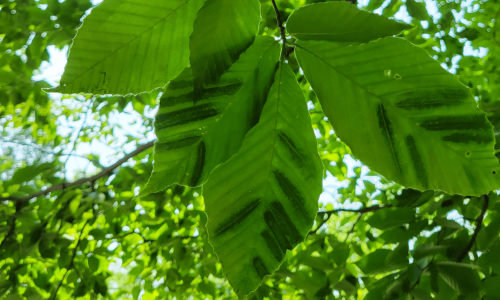Ardmore
Bala Cynwyd
Berwyn
Broomall
Bryn Mawr
Chadds Ford
Chester Springs
Devon
Downingtown
Exton
Garnet Valley
Gladwyne
Glen Mills
Haverford
Malvern
Media
Narbeth
Newtown Square
Paoli
Phoenixville
Radnor
Rosemont
Springfield
St. Davids
Strafford
Swarthmore
Villanova
Wallingford
Wayne
West Chester
Wilmington, DE
Wynnewood

